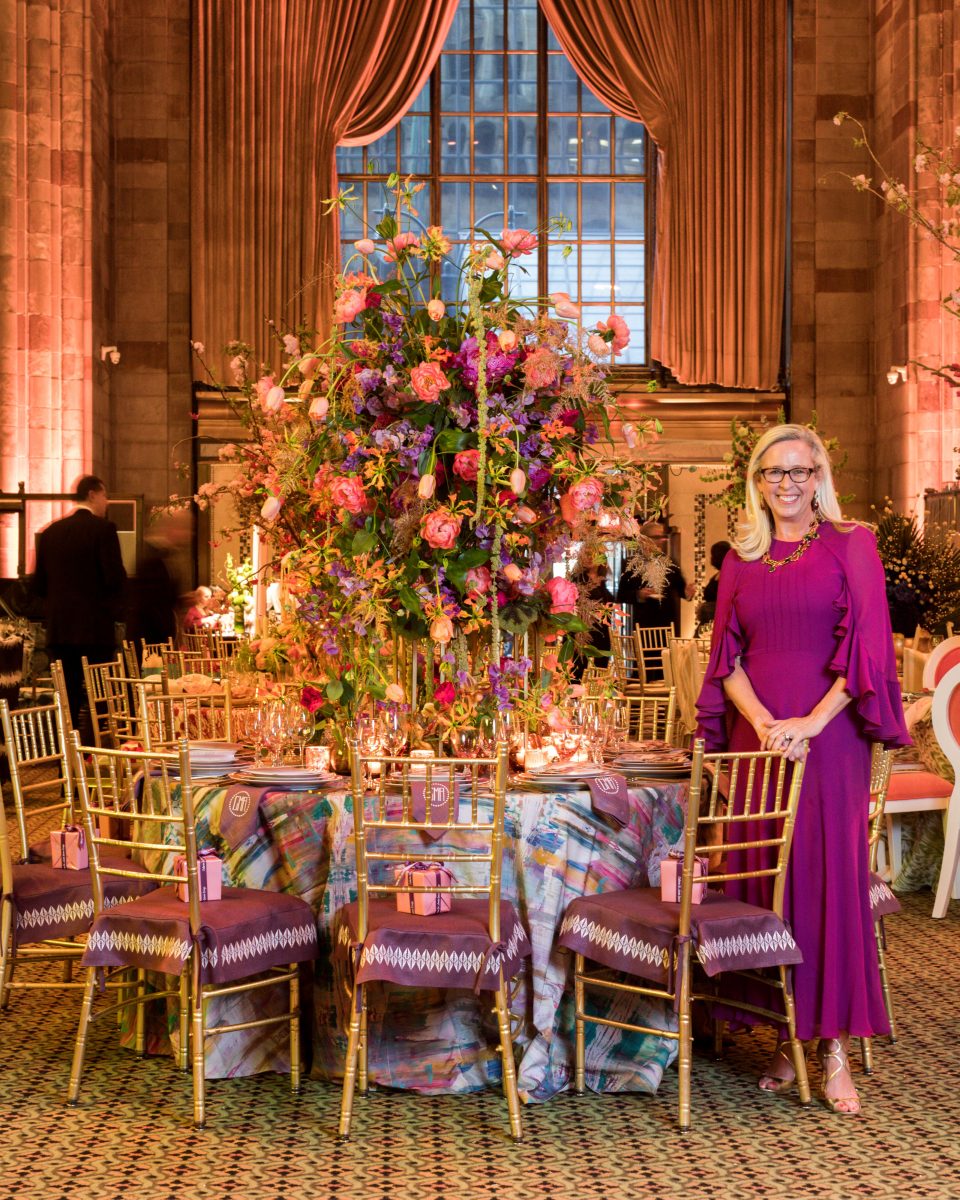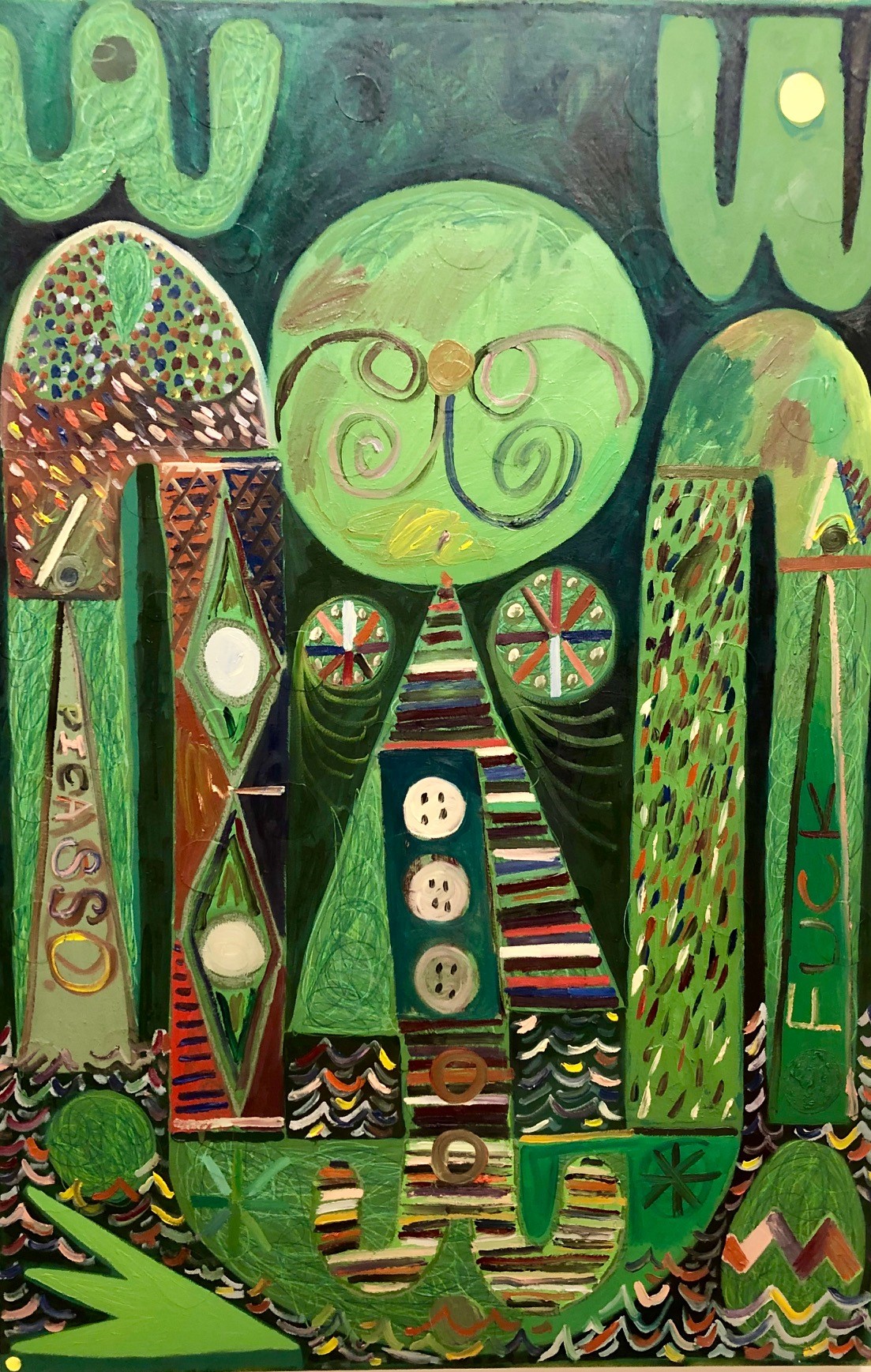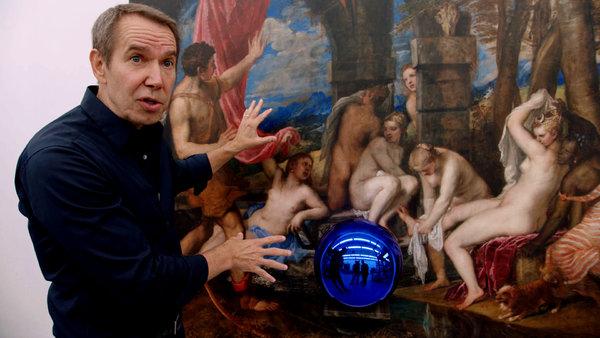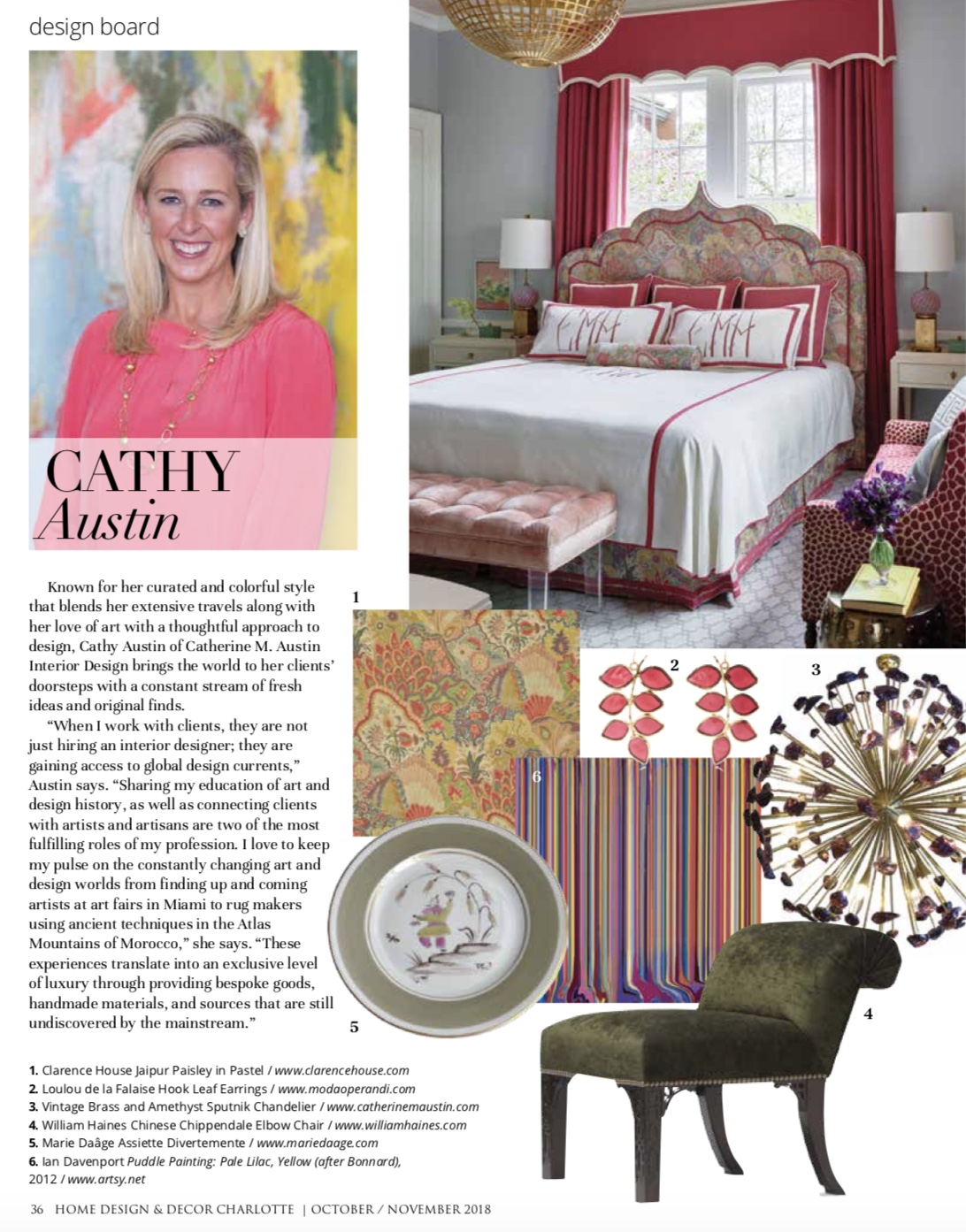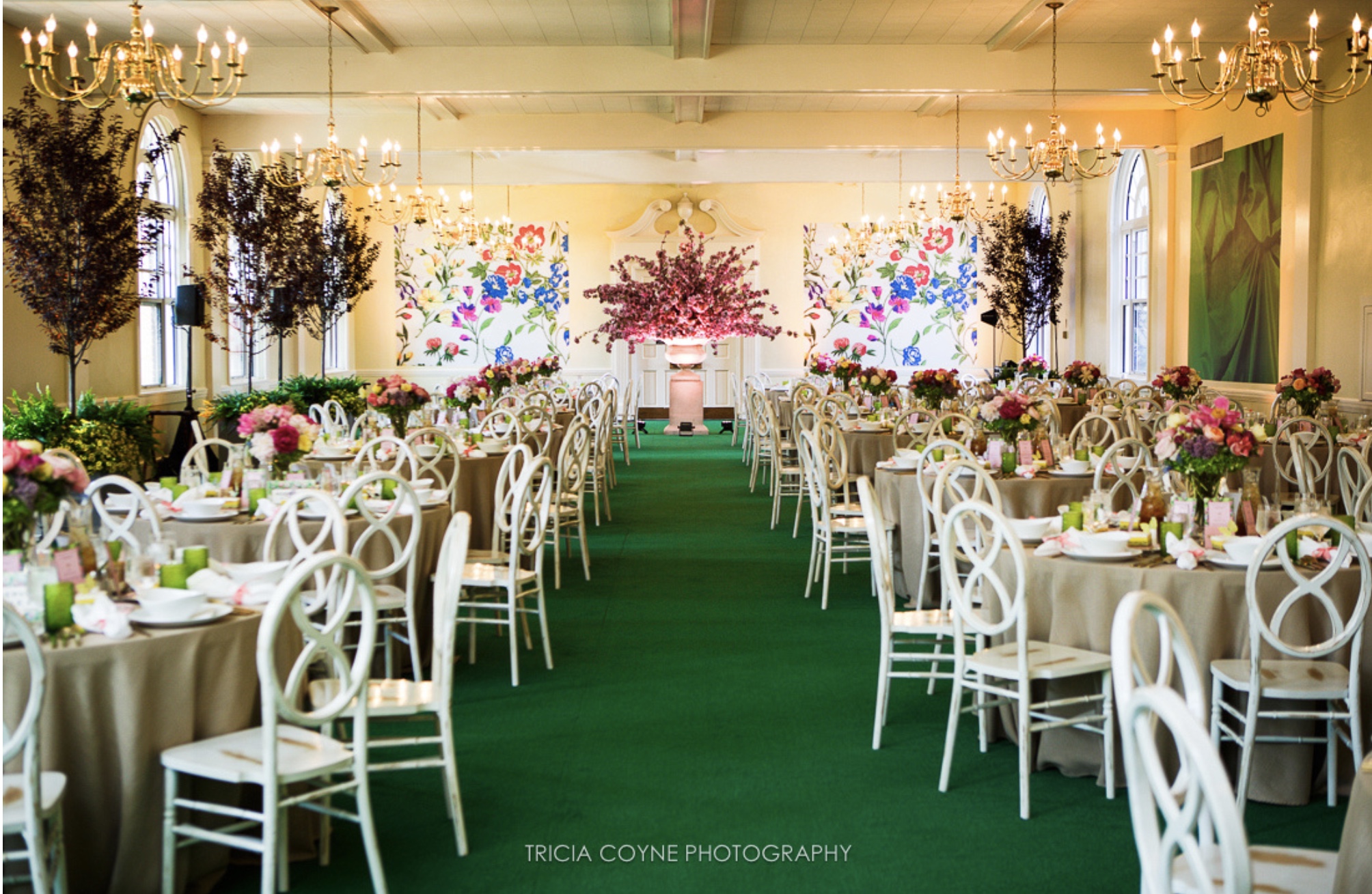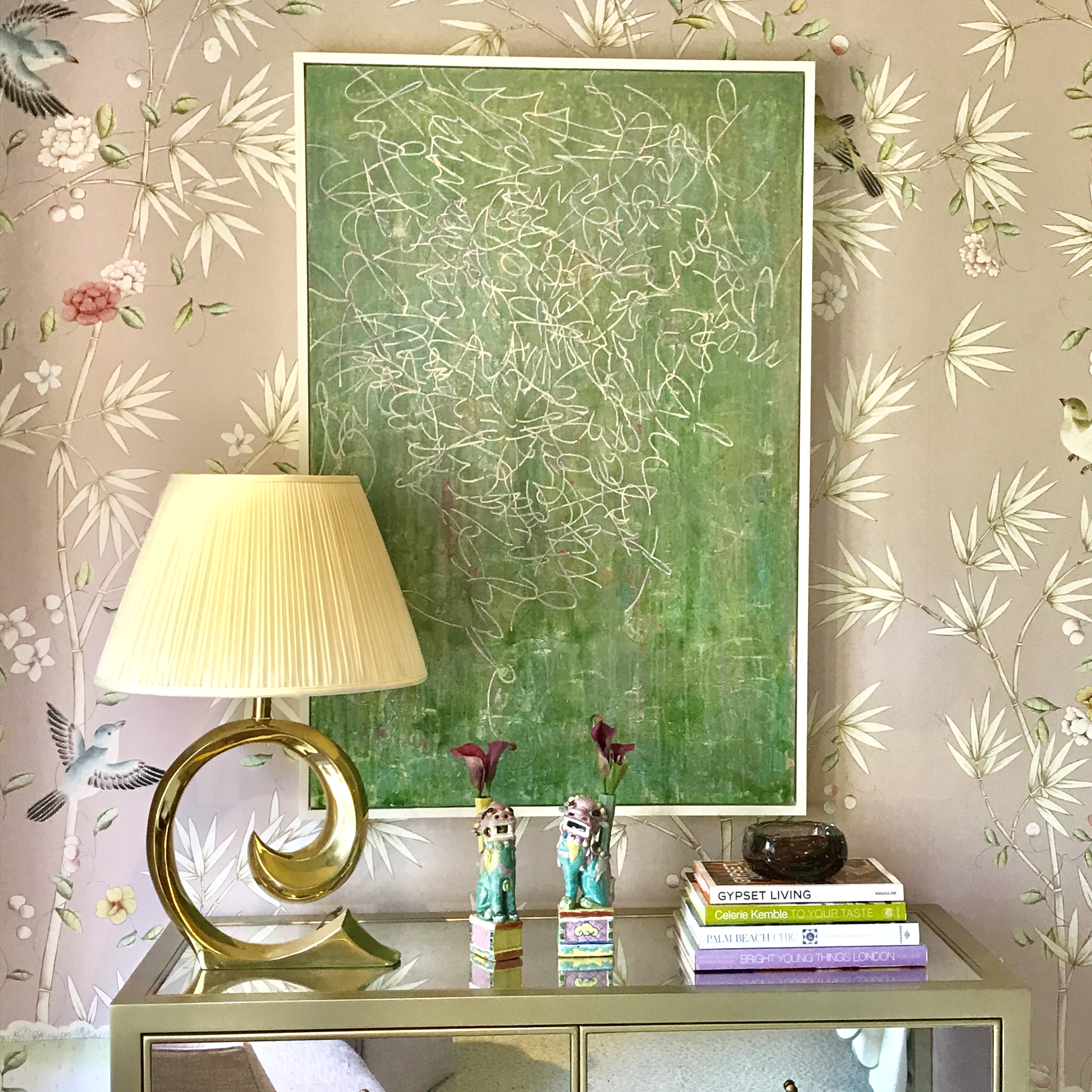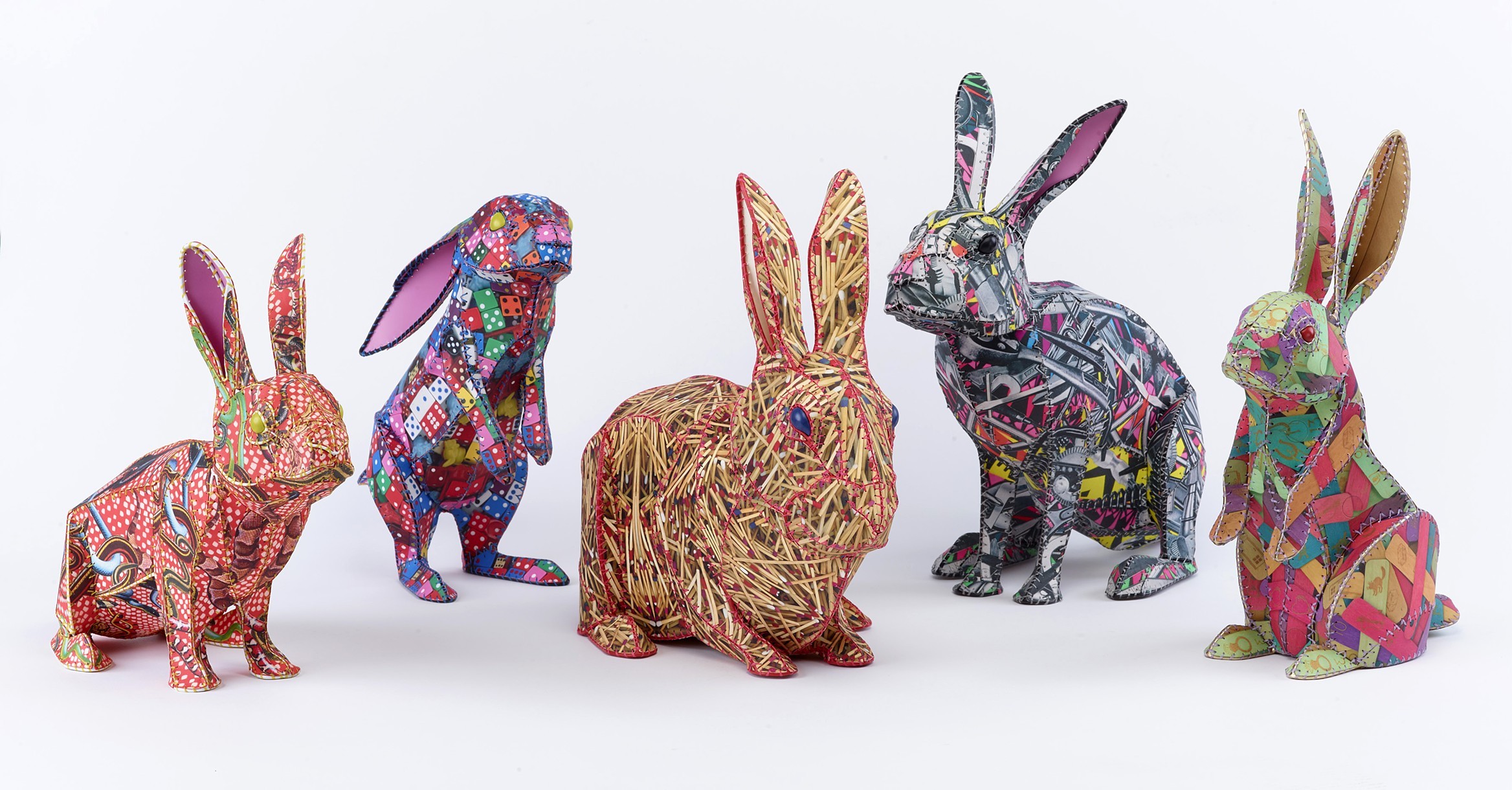One of the highlights of Art Basel was seeing Charlotte Park ‘s paintings at Spanierman Modern. Park was a first generation Abstract Expressionist. Like many female painters of her time, her work took a backseat to that of her husband, James Brooks. Brooks was one of the most widely celebrated painters of the 1950s New York School. The couple were close friends of Jackson Pollack and Lee Krasner, who had worked together with Brooks on the Federal Art Project of the Works Project Adminsitration. Park’s work shows the influences of Pollack, Krasner and Brooks, as well as Willem de Kooning, and Franz Kline.
The female Abstract Expressionist painters were only considered important for the support they gave their husbands. Artists such as Charlotte Park and Elaine de Kooning were paid little attention. Their talent was overlooked and compromised by the demands of their husbands’ careers. It was not until James Brooks passed away in 1992 that Park’s work began to gain recognition.
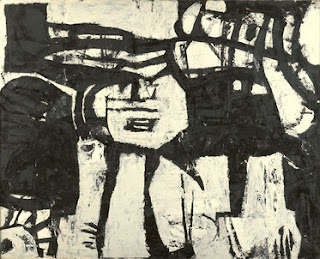 |
| “No. 25” circa 1951 Oil on canvas |
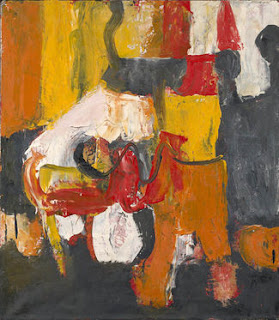 |
| “Untitled” circa 1954 Oil on canvas 24 by 21” |
In the late 1940s, Parks and Brook set up studios in Montauk, Long Island. After much of their work was destroyed by a hurricane, they followed their friends to Springs in East Hampton where Pollack and Krasner resided. They helped create the Signa Gallery, the first gallery devoted to abstract art in East Hampton. Among other artists that popularized this area as an artists’ colony were Willem de Kooning, Franz Kline, Mark Rothko, Larry Rivers, Robert Motherwell and Andy Warhol.
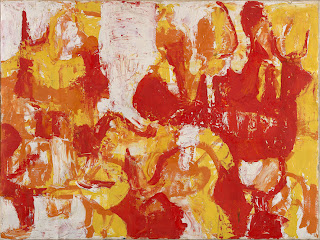 |
| “The Sun” circa 1953 Oil on paper mounted on canvas, 18 by 24 in. |
In the catalogue introduction for the Charlotte Park exhibition at Spanierman Modern, Ronny Cohen states that “Park’s dynamic all -over style of composition, with its rich repertory of abstract shapes and bold imaginings, which made its appearance in the 1950s, demonstrated how profoundly she understood the character of Abstract Expressionism as it was originating. Her art of this time reveals her inspired interpretation of the movement’s defining ideas of pure painting and its use as a means of reshaping reality and discovering the essence of form and content.”
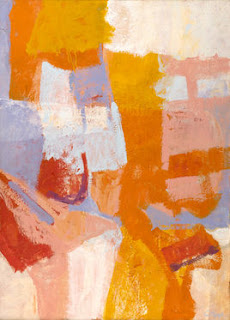 |
| “No. 9” circa 1965 Oil on canvas 27 by 37 in. |
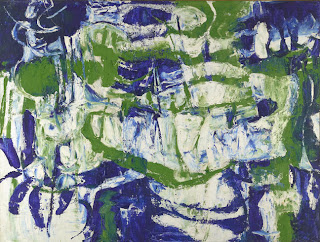 |
| “Zachary”, circa 1955 Oil on Canvas, 36′ by 47 in. |
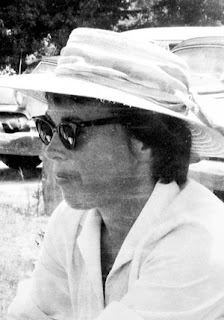 |
| Charlotte Park Courtesy of the Easthampton Star |

